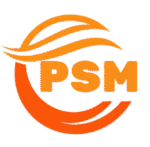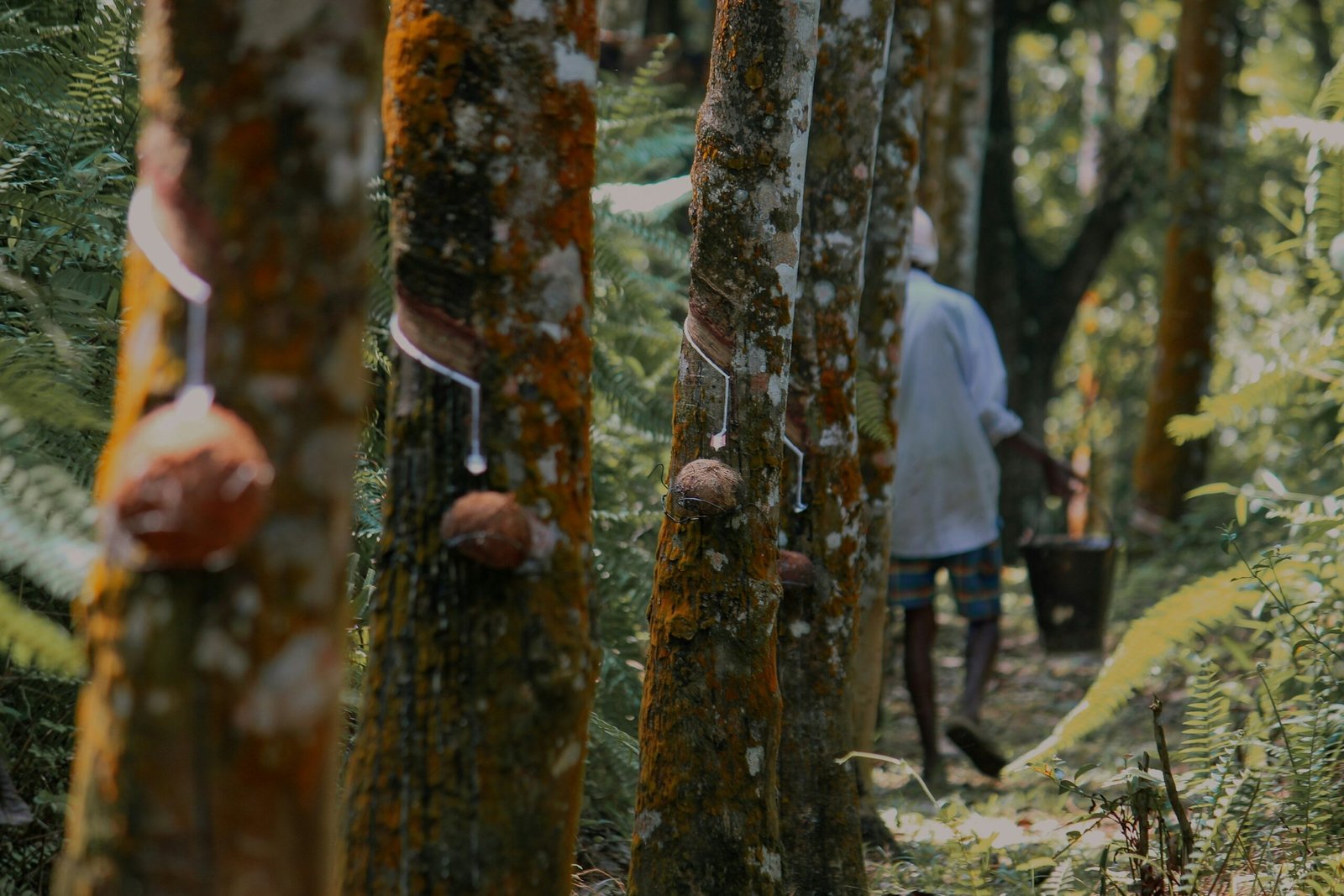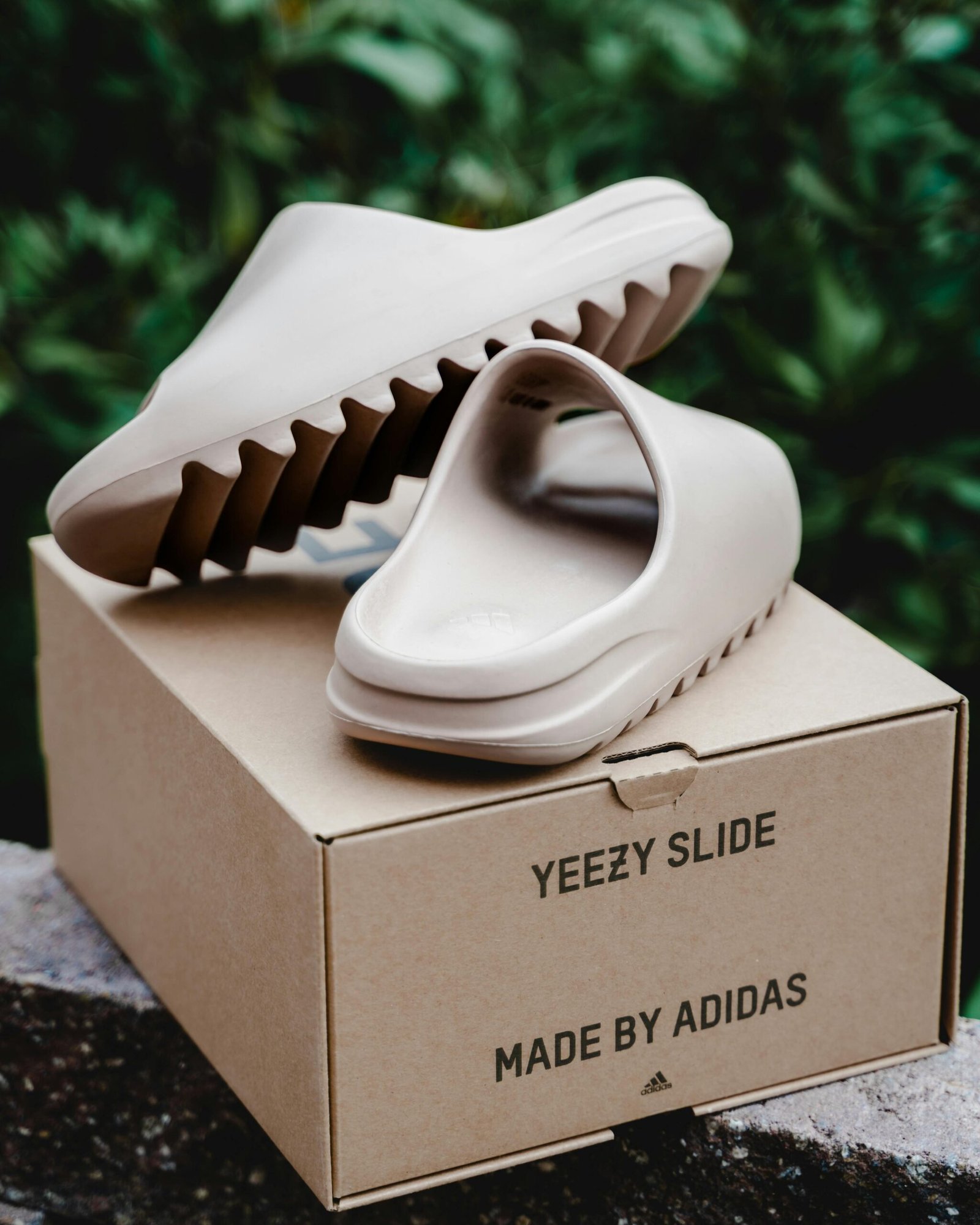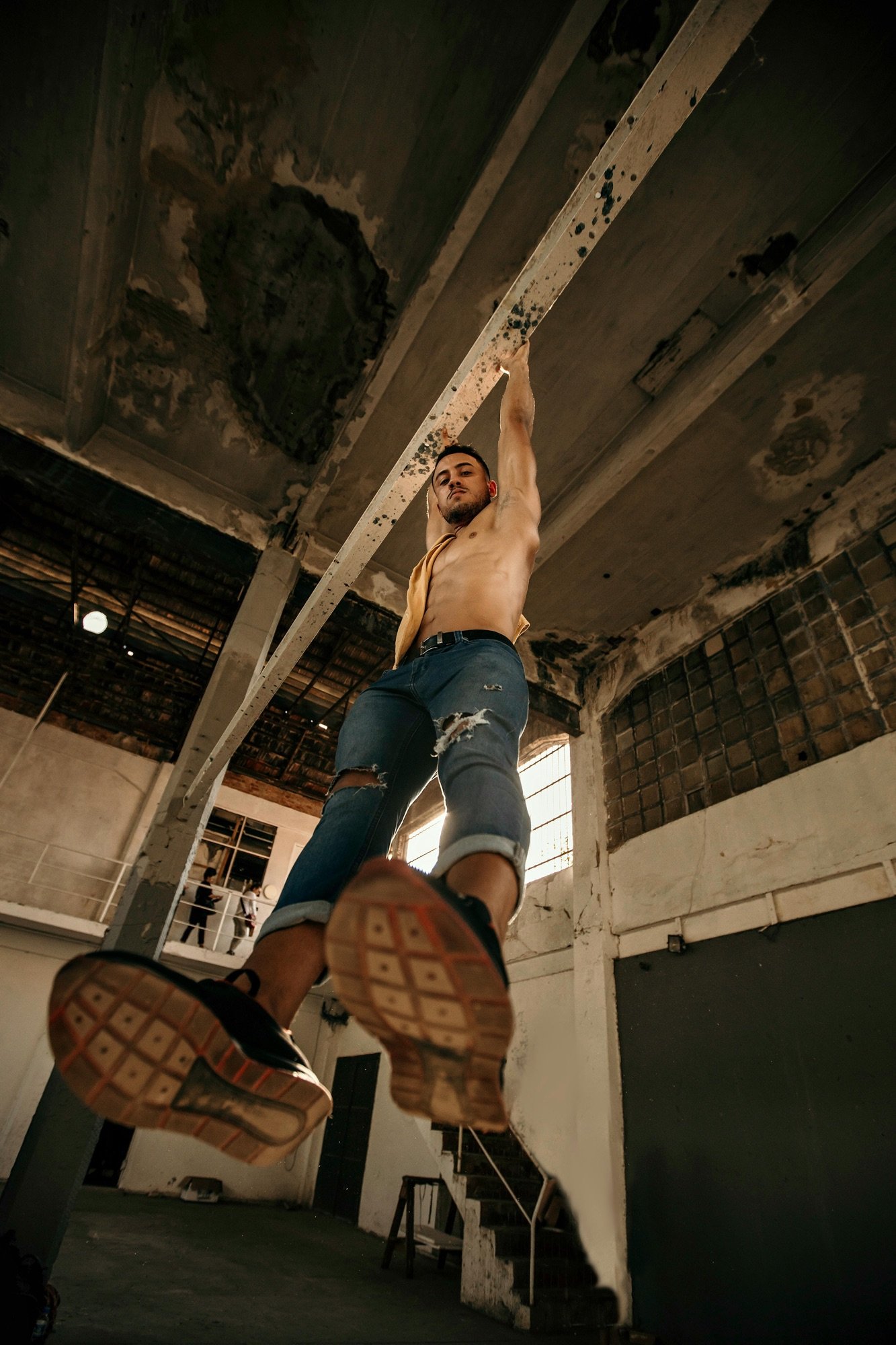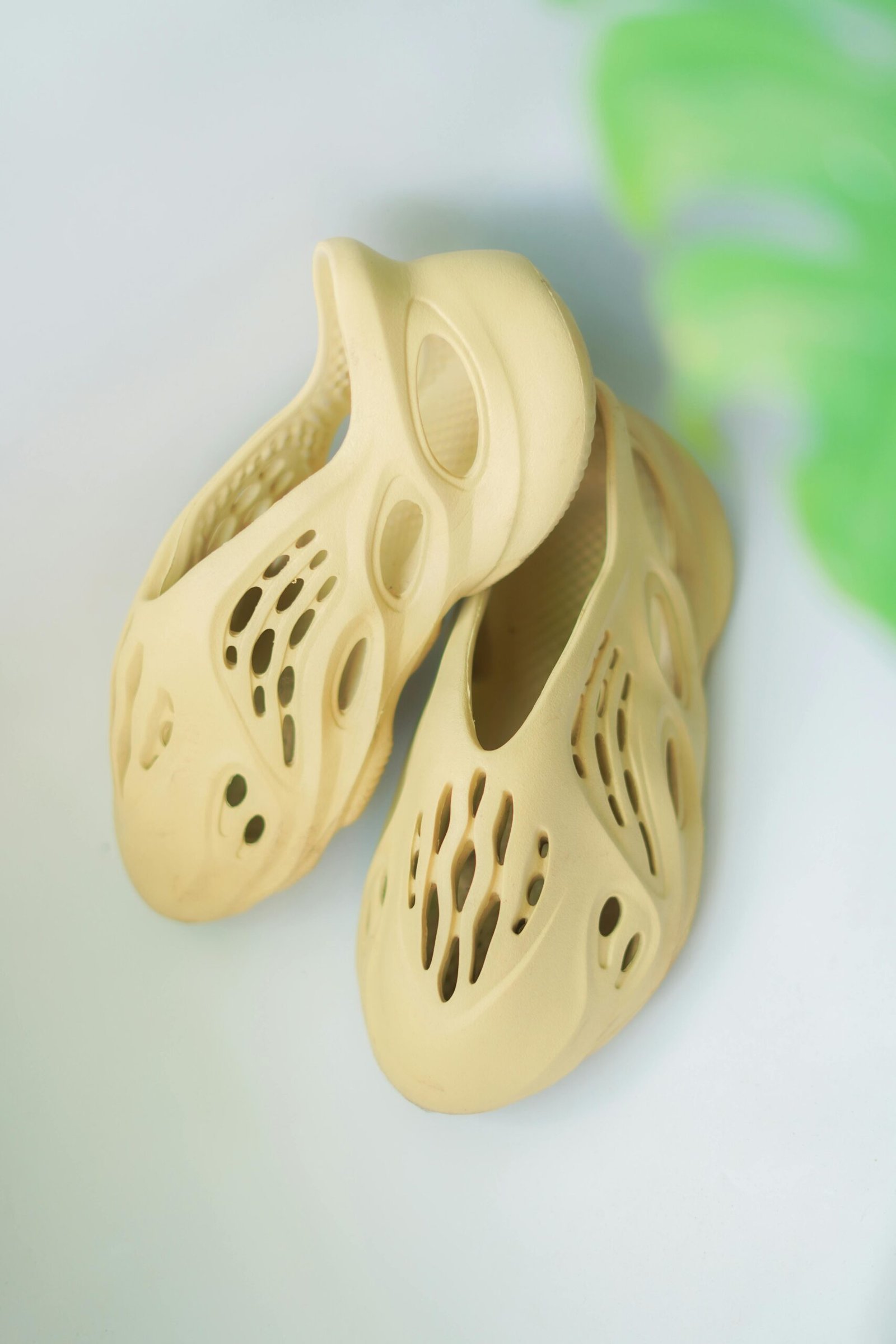Rubber. It’s a material so integral to our daily lives – cushioning our steps, ensuring the safety of our vehicles, and performing silently within complex machinery. Yet, the journey from its raw form to the high-performance material we rely on is a remarkable testament to chemistry, engineering, and human ingenuity. At Pacific Sole Manufacturing (PSM), with nearly half a century of expertise rooted in the Philippines, we’ve mastered this intricate process, transforming humble raw materials into the durable, precise solutions that power industries worldwide.
Let’s delve into the fascinating stages of how rubber is made, showcasing the meticulous science and artistry behind every PSM product.
1. The Raw Essence: Natural vs. Synthetic Beginnings
The creation of rubber begins with its fundamental origin:
- Natural Rubber: Sourced primarily as latex, a milky sap tapped from rubber trees (like Hevea brasiliensis), predominantly found in tropical regions. This liquid latex is processed into solid sheets or blocks, valued for its inherent elasticity and tear strength.
- Synthetic Rubber: Engineered from petroleum-based polymers in controlled chemical processes. Designed to replicate or even surpass natural rubber’s properties, synthetic rubbers can be formulated for specific resistances (e.g., to oil, heat, or chemicals) that natural rubber might lack.
At PSM, our expertise encompasses both. Our deep understanding allows us to select and manage the optimal raw material, ensuring the foundational quality of our products.
2. The Art of Compounding: Engineering Properties with Precision
This is where the magic truly begins – and where PSM’s material science expertise shines. Raw rubber, whether natural or synthetic, possesses limited functional properties on its own. It’s transformed through compounding, a precise mixing process where it is blended with various additives:
- Fillers: Such as carbon black or silica, which significantly enhance strength, abrasion resistance, and stiffness.
- Accelerators: To speed up the curing process.
- Antioxidants & Antizozonants: To prevent degradation from heat, oxygen, and ozone, extending product lifespan.
- Plasticizers & Softeners: To improve workability and flexibility.
- Color Pigments: To achieve desired aesthetics.
Each ingredient is carefully measured and mixed in specialized machinery, creating a homogenous compound. This stage is critical, as it determines the final characteristics of the rubber – its hardness, elasticity, resistance to elements, and overall performance. Our R&D team continuously innovates here, crafting custom compounds for unique client needs.
3. Shaping the Future: Molding, Extrusion, and Forming
Once compounded, the rubber is ready to take its intended shape. PSM employs advanced forming technologies to create diverse products with exceptional precision:
- Compression Molding: Ideal for robust, complex parts, where compounded rubber is placed into a heated mold and compressed to take its form.
- Injection Molding: For high-volume production of intricate designs, molten rubber is injected into a closed mold cavity.
- Extrusion: Used to create continuous profiles, tubes, or sheets by forcing the rubber compound through a die.
These processes are executed with state-of-the-art machinery and monitored by our skilled technicians, ensuring dimensional accuracy and consistent quality across every production run.
4. The Transformation: Curing (Vulcanization) for Enduring Strength
The final and most crucial step in making stable, durable rubber is curing, commonly known as vulcanization. Discovered by Charles Goodyear, this process involves heating the rubber compound under pressure with a curing agent (most commonly sulfur, but also peroxides or other chemicals).
This chemical reaction forms cross-links between the polymer chains, fundamentally changing the rubber’s properties:
- It becomes much more elastic and resilient.
- It gains increased tensile strength and resistance to tearing.
- It becomes stable across a wider temperature range, no longer softening when hot or becoming brittle when cold.
This is the moment the rubber is “locked in,” acquiring the high-performance characteristics essential for its intended application.
Beyond the Process: PSM’s Mastery, Amplified by Neyius Textiles
The journey of how rubber is made is complex, demanding precision at every stage. At Pacific Sole Manufacturing, our nearly 50 years of dedicated experience in the Philippines, coupled with our strategic integration into the Neyius Textiles group, means we bring unparalleled mastery to this intricate process. We don’t just follow steps; we innovate them. Our commitment to cutting-edge R&D and rigorous quality control ensures that from the raw essence to the final resilient solution, every PSM product embodies the durability, performance, and trust that our partners have come to expect.
